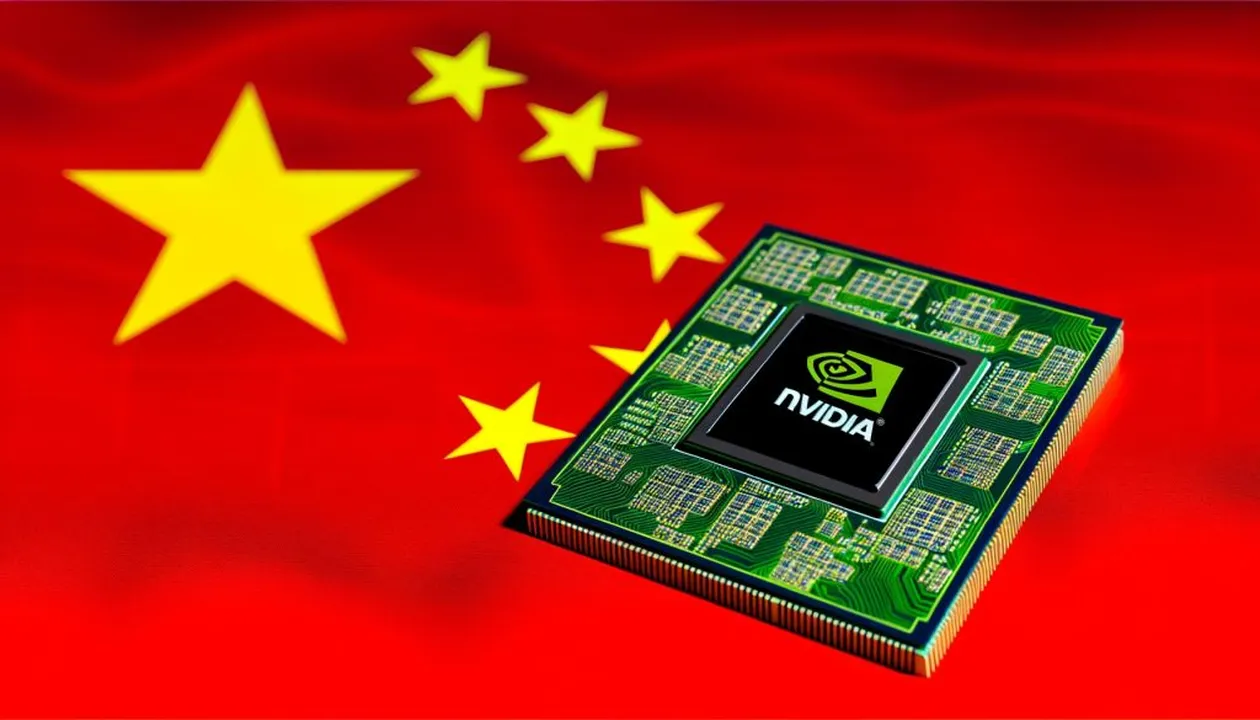Amidst a complex geopolitical landscape and ongoing US export restrictions on advanced AI chips to China, tech giant Nvidia continues its efforts to maintain its presence in one of the worlds largest markets. As revealed on May 16-17, 2025, through statements from CEO Jensen Huang and reports from leading business publications (including Reuters, Financial Times, and The Economic Times), Nvidia is developing a new strategy for the Chinese market. This strategy includes the creation of specialized chips not based on current flagship architectures and the establishment of a new research and development center in Shanghai.
A New Generation of AI Chips for China: Moving Beyond Hopper. The most resonant comments came from Jensen Huang regarding future products for China. After the US imposed restrictions on the export of Nvidias high-performance chips, including the modified H20 version (specifically designed to bypass previous restrictions), questions arose about the companys further plans. Huang clarified that the next AI chip intended for the Chinese market after the H20 will not be a modification of the Hopper architecture (on which the H100/H200 are built) or, apparently, the latest Blackwell. "Its not Hopper because its not possible to modify Hopper anymore [within current restrictions]," he stated, according to a livestream by Taiwans Formosa TV News. This implies that Nvidia is likely developing an entirely new architecture or a significantly redesigned existing one, specifically tailored to comply with current US export rules while still aiming to offer competitive solutions to Chinese customers. Earlier reports indicated plans to release an updated, less powerful version of the H20 for China, possibly as early as July 2025, to partially offset losses from restrictions on more powerful models.
Shanghai R and D Center: Closer to the Customer, Within the Rules. Another important part of Nvidias strategy is the opening of a new R and D center in Shanghai. According to the Financial Times, Jensen Huang discussed this project with the mayor of Shanghai during his visit to China in April 2025. The centers purpose is "to research the specific demands of Chinese customers and the complex technical requirements needed to satisfy Washingtons curbs." Importantly, reports suggest that "actual core design and production" of the chips will remain outside of China to comply with intellectual property transfer regulations. Nvidia emphasizes that this is a "continuation of our longstanding presence" in the country and an expansion of existing staff, as well as an effort to attract local AI talent. The company clarified that no core GPU designs or IP would be transferred to this facility.
Balancing Markets and Regulations. These steps demonstrate the complex challenge Nvidia faces: how to retain access to the strategically vital Chinese market (which generated a significant portion of the companys revenue, e.g., $17 billion or 13% of total sales in the fiscal year ending January 2025) amidst stringent US export controls and growing competition from local Chinese AI chip manufacturers like Huawei. Creating specialized products and a local R and D center focused on adaptation and understanding the local market (but without transferring key technologies) is an attempt to find this balance. Jensen Huang has repeatedly stressed the importance of the Chinese market for Nvidias growth while simultaneously affirming full compliance with all US export regulations. The further evolution of this strategy will show how successfully the company can navigate these challenging conditions.
